 Tanda Francis’s RockIt Black at Queensbridge Park, part of WORTHLESSSTUDIOS’s “Plywood Protection Project,” which collected wood and redistributed it to artists to extend the life of the material. Brett Beyer
Tanda Francis’s RockIt Black at Queensbridge Park, part of WORTHLESSSTUDIOS’s “Plywood Protection Project,” which collected wood and redistributed it to artists to extend the life of the material. Brett BeyerOne of the most pressing challenges artists face in a city like New York is finding space—followed closely by securing the resources needed to fund their production, especially when working in sculpture or installations at large scales. As the market contracts and public funding dwindles, these obstacles weigh even more heavily on artists pursuing ambitious projects. Since 2018, WORTHLESSSTUDIOS, a New York-based nonprofit founded by artist and creative director Neil Hamamoto, has worked to address these needs. From the start, the organization has focused on supporting historically under-resourced artists in producing bold, boundary-pushing work.
Most recently, WORTHLESSSTUDIOS launched WARP (the WORTHLESSSTUDIOS Artist Residency Program), a first-of-its-kind initiative offering emerging sculptors—selected through an open call—a $50,000 grant along with production support, access to large-scale fabrication resources and hands-on mentorship from industry leaders. Designed to make large-scale sculptural projects possible, the program gives artists the opportunity to realize visions that might otherwise remain out of reach.
As WORTHLESSSTUDIOS continues to experiment with new ways to support artists’ production and the circulation of their work—and to secure funding for those efforts, Observer spoke with founder Neil Hamamoto about the organization’s evolution and its goals moving forward. The organization grew out of Hamamoto’s own experience trying to build a career as an artist. After leaving the tech world in California to pursue his true passion, sculpture, he returned home to New York and worked as a studio assistant for Tom Sachs and Jeff Koons. “These early experiences in professional studio environments exposed me to established artists who were already successful in their practices,” he says. That exposure gave him a clearer sense of what it meant to begin a career in sculpture and how to pursue it seriously.
But when he set out to find a studio space with woodworking and metalworking tools that would allow him to create the work he envisioned, he quickly realized how difficult it was to replicate those professional environments as a young artist just starting out. “I explored numerous options, from small artist collectives that shared limited tools to various maker spaces, but none of those communities felt like the right fit,” Hamamoto reflects. “After extensive research and searching without finding what I needed, I decided to build it myself.”
 Neil Hamamoto, founder of WORTHLESSSTUDIOS, at the annual Goodtimes Gala. Bre Johnson/BFA.com
Neil Hamamoto, founder of WORTHLESSSTUDIOS, at the annual Goodtimes Gala. Bre Johnson/BFA.comWORTHLESSSTUDIOS was created in direct response to that lack of resources and infrastructure. “Since 2018, we have been steadily working to realize that vision, shaping it step by step through both foundational efforts and exciting projects,” Hamamoto tells Observer. “What began as a response to a gap has grown into a way of manifesting and sustaining the kind of creative community and facility I had long been searching for.”
The name itself, Hamamoto explains, originated in a tongue-in-cheek, deliberately humorous way. “As a nonprofit, we wanted to provoke questions about value and worth within the existing art economy and market,” he reflects, noting that WORTHLESSSTUDIOS focuses on process—the research, prototyping and inevitable failures that precede the finished piece that ultimately hangs on a gallery wall. Yet, he points out, most of the perceived value is typically attached only after a work is completed and enters the market. “By calling attention to that often-overlooked labor and framing it as the ‘worthless’ part of the process, we aim to invert the assumption,” he explains. “What many dismiss as worthless is, in fact, the most valuable part of artistic production.”
Until last year, WORTHLESSSTUDIOS maintained a space in East Williamsburg where it both produced and premiered work, but the costs and challenges of running that facility forced a reevaluation of the model. Today, the organization’s priority is to operate as a financially sustainable platform that facilitates collaborations with existing fabricators across the city, supporting artists with production while focusing its own resources—funding and expertise—on guiding projects from conception through fabrication and presentation.
“Along the way, we have been learning how to grow sustainably and move closer to our goals,” Hamamoto says. “Our main role is to serve as a bridge between artists and fabricators, providing direct support for the making of work. New York already has many people willing to exhibit art and others willing to fund it, but the production side—the actual process of building and realizing the work—remains underdeveloped. Our aim is to fill that gap and become a consistent support mechanism for artists in the city.”
 WORTHLESSSTUDIOS provides resources to emerging epoch-making artists who are producing ambitious work. Courtesy
WORTHLESSSTUDIOS provides resources to emerging epoch-making artists who are producing ambitious work. CourtesySculpture is the medium most burdened by the challenges and costs of working in New York. “People often overlook what it truly takes to make sculpture in New York, where every step is compounded by additional financial hurdles,” he notes. “Materials are more expensive, shipping costs are higher and the real estate required for proper facilities is prohibitively costly.”
Most artists in the city work out of studios no larger than 200 to 400 square feet—a severe limitation when producing freestanding sculpture. According to Hamamoto, this lack of space and resources is driving artists away from the medium. “We are losing many people who might otherwise be interested in welding or casting, simply because access to those resources is so limited,” he explains. “This lack of access influences the kind of work artists are making. Many turn to painting because it can be done in a living room, or to street photography because it is free and readily available in public space.”
Labor costs add yet another barrier: moving or lifting anything over 100 pounds requires paid assistance, and those expenses escalate quickly. “The sculptural medium rarely receives enough recognition for the sheer effort it demands, not only to produce a single work but also to sustain a long-term career,” Hamamoto comments. “Sculpture requires a significant and ongoing investment of time, labor and resources and that reality is too often underestimated.”
The new residency program was made possible through a partnership WORTHLESSSTUDIOS established with UAP | Urban Art Projects, the Hudson Valley fabricator that has operated for more than 50 years and produced monumental works by artists such as Louise Bourgeois, Jeff Koons, Yayoi Kusama and Richard Serra. “Rather than establishing our own facility in Brooklyn, we now collaborate with UAP, which provides both studio infrastructure and access to their expert fabrication team and facilities,” Hamamoto explains. “In this model, we operate as a project management team and a funder, commissioning our artists-in-residence to produce new work while UAP’s world-class team works alongside them to bring those projects to life.”
 Urban Art Projects is a global art and design fabrication studio that collaborates with artists, architects and developers to produce large-scale public works, bridging creative vision with advanced industrial craftsmanship. Courtesy UAP | Urban Art Projects
Urban Art Projects is a global art and design fabrication studio that collaborates with artists, architects and developers to produce large-scale public works, bridging creative vision with advanced industrial craftsmanship. Courtesy UAP | Urban Art ProjectsThe partnership came about serendipitously, Hamamoto explains, through shared contacts after UAP | Urban Art Projects acquired an upstate foundry formerly known as Polich Tallix. “I first encountered Polich Tallix while working for Jeff Koons, who frequently collaborated with them,” Hamamoto recalls. Over the past year, the connection resurfaced in different ways—through a former classmate who joined their team, through tours of the facility and through chance encounters that kept bringing them back into his orbit. “Eventually, these conversations led to a more formal dialogue about collaborating, and I am very excited that this partnership is finally coming to fruition this year.”
The inaugural WARP artist-in-residence is rising sculptor Elaine Cameron-Weir, who recently joined Lisson Gallery following the closure of JTT gallery in New York. Cameron-Weil’s multilayered practice explores the unknown and not-yet-known, interrogating how scientific, spiritual and militaristic systems shape human belief, power and transformation. Her works, often narrative and installative, inhabit liminal states—thresholds, portals and sites of decay or metamorphosis. They suggest transitions between states—body and non-body, living and non-living, seen and unseen—engaging with a fluid dimension of being that underpins her expansive and production-intensive practice. She is clearly an artist who stands to benefit from this program.
During a visit upstate to UAP | Urban Art Projects, organized by WORTHLESSSTUDIOS for donors and supporters, we spoke with Cameron-Weil, who revealed that the new model for the WARP artist-in-residence program took shape after a casual conversation she had with Hamamoto at a gallery opening earlier this year. The two began discussing what artists truly need today and how to provide them with meaningful production support. Discovering they were on the same wavelength, Cameron-Weil became the first artist to test this new model.
Of the $50,000 WARP residency grant, $45,000 is allocated directly to fabrication and $5,000 serves as the artist’s stipend, compensating them for their time in the program. Because the foundry is located upstate, WORTHLESSSTUDIOS also covers housing and transportation, letting artists focus entirely on their projects. In addition, the organization provides 150 hours of contracted labor, acknowledging that sculptors often require additional assistance to realize their vision. “The fabrication budget is managed collaboratively with us but ultimately left to the artist’s discretion,” explains Hamamoto. “The most rewarding aspect of this collaboration is that everyone involved shares the same mindset: we love making art, we understand what it takes, and we are committed to working together to create the best possible sculpture.”
 An installation view of “Elaine Cameron-Weir: A WAY OF LIFE” at Lisson in 2024. Courtesy of Lisson Gallery
An installation view of “Elaine Cameron-Weir: A WAY OF LIFE” at Lisson in 2024. Courtesy of Lisson GalleryIn January, WORTHLESSSTUDIOS will open its next call for the WARP 2026 program. The process will be application-based: artists will submit proposals for sculptures they wish to create, with one artist selected for 2026. The long-term goal, Hamamoto explains, is to support two or three artists each year, with the pace of expansion dependent on fundraising, securing grants and strengthening the partnership with UAP.
Fundraising remains both the organization’s greatest challenge and top priority, especially now that such an ambitious program allocates a significant sum to each artist. One of Hamamoto’s earliest lessons was realizing how different nonprofit fundraising in New York City is from raising capital for a for-profit venture. “My background before this was in tech and fundraising for a startup is a very different conversation from raising donated dollars for a charity,” he says. “That said, I find the passion, mission and vision behind what we are doing far more energizing than building another tech company.”
Importantly—and in contrast with many other artist residencies—WORTHLESSSTUDIOS’ program does not require artists to gift their work. Instead, it ensures that each piece belongs entirely to the artist once the residency is complete. “We retain no rights to the work, except for a reimbursement clause: if the piece is sold, the artist agrees to repay only the amount we invested in fabrication,” explains Hamamoto. Beyond that, all proceeds remain at the artist’s discretion, whether they choose to work with an advisor, a gallery or handle the sale independently. “This approach mirrors models already in use at galleries and museums commissioning new work, and it ensures mutual benefit,” Hamamoto notes. “If a piece sells, the reimbursement simply feeds back into our operations, allowing us to fund future projects and expand opportunities for other artists. As a nonprofit, every dollar we recover directly supports our continued growth and programming.”
Today, WORTHLESSSTUDIOS funds its activities through a mix of grants, individual donors and private foundations, using all of these avenues to sustain the program. A new tool in this effort is the WARP Selection Committee, a group of New York–based philanthropists, collectors, dealers, advisors, curators and artists who are either part of the WORTHLESS network or aligned with its vision. “This committee reflects the passion and interest we’ve encountered from our community, and it creates a direct tie between funding and the program itself,” explains Hamamoto. “In our experience, the closer we can connect donor support to a specific project, the stronger the engagement becomes.” Members of the committee contribute $2,500 each as patrons, with those funds going directly into the residency budget. “As the committee grows, our ability to increase fabrication budgets and expand the number of artists supported each year will grow with it.”
 The voicemail project 1-800 Happy Birthday by artist Mohammad Gorjestani and Even/Odd became a large-scale exhibition curated by Klaudia Ofwona Draber with artistic direction by Neil Hamamoto. Brett Beyer
The voicemail project 1-800 Happy Birthday by artist Mohammad Gorjestani and Even/Odd became a large-scale exhibition curated by Klaudia Ofwona Draber with artistic direction by Neil Hamamoto. Brett BeyerLooking ahead, Hamamoto is focused on expanding WORTHLESSSTUDIOS’ community, both among donors and strategic partners. “As a young organization, we value the ability to remain flexible,” he says. “While we have a clear vision and direction, working in a creative field requires openness—to new collaborators, to pivoting when necessary and to adapting as opportunities arise.” That flexibility, he acknowledges, has been central to the organization’s success and he intends to preserve it as long as possible. “We also deeply respect others working in public art, sculpture and fabrication. Institutions like Powerhouse Arts, Socrates Sculpture Park and the Noguchi Museum are doing important work and they represent the kind of partners and networks with whom we are eager to collaborate—whether through future partnerships or ongoing dialogue.”
At the same time, Hamamoto’s long-term goal is to establish a physical space that can serve as a true community hub for artists in the city. “We had a taste of that with our building in East Williamsburg, but the financial hurdles artists face—access to tools, materials and space—are the same hurdles we eventually had to face as an organization trying to solve that problem,” he reflects. “We’re now navigating those challenges alongside the artists, standing with them as we figure out how to lower the barriers.” For Hamamoto, the ultimate priority is patience: having honest conversations, connecting with people who believe in their vision and staying true to the path while adjusting to the timeline needed to build something meaningful and sustainable.
In doing so, WORTHLESSSTUDIOS is already developing new community-centered, ground-up models to make artistic production sustainable—at a moment when the art industry urgently needs them amid a sluggish market and widespread cuts to public funding.
More in artist residencies
-
No Deadlines, No Demands: Inside Delfina Foundation, London’s Most International Residency
-
Why the Sharpe-Walentas Studio Program Is More Relevant Than Ever
-
Tashkent’s CCA Aims to Anchor a New Era in Uzbek Contemporary Art
-
The World Trade Center Offers Case Studies in Making Space for Artists in Urban Centers
-
The Best Artist Residencies Offer Way More Than Just Space to Make Art




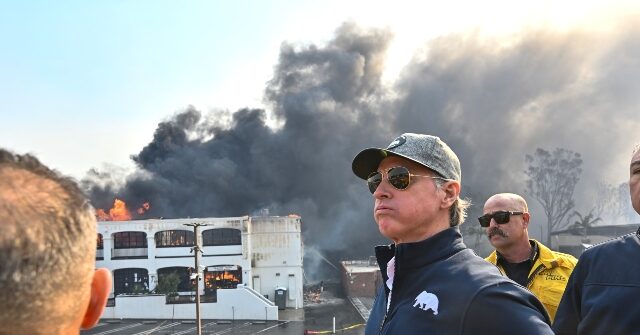
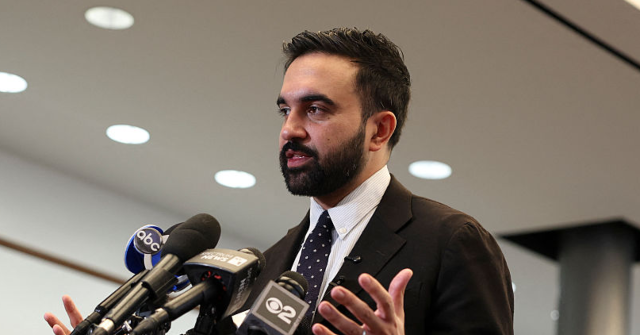
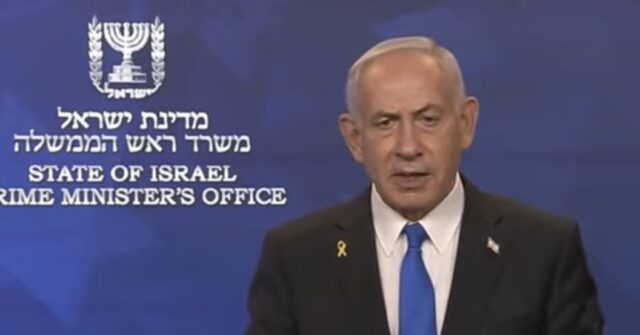
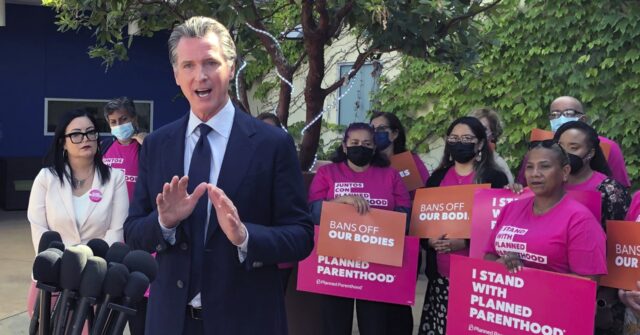



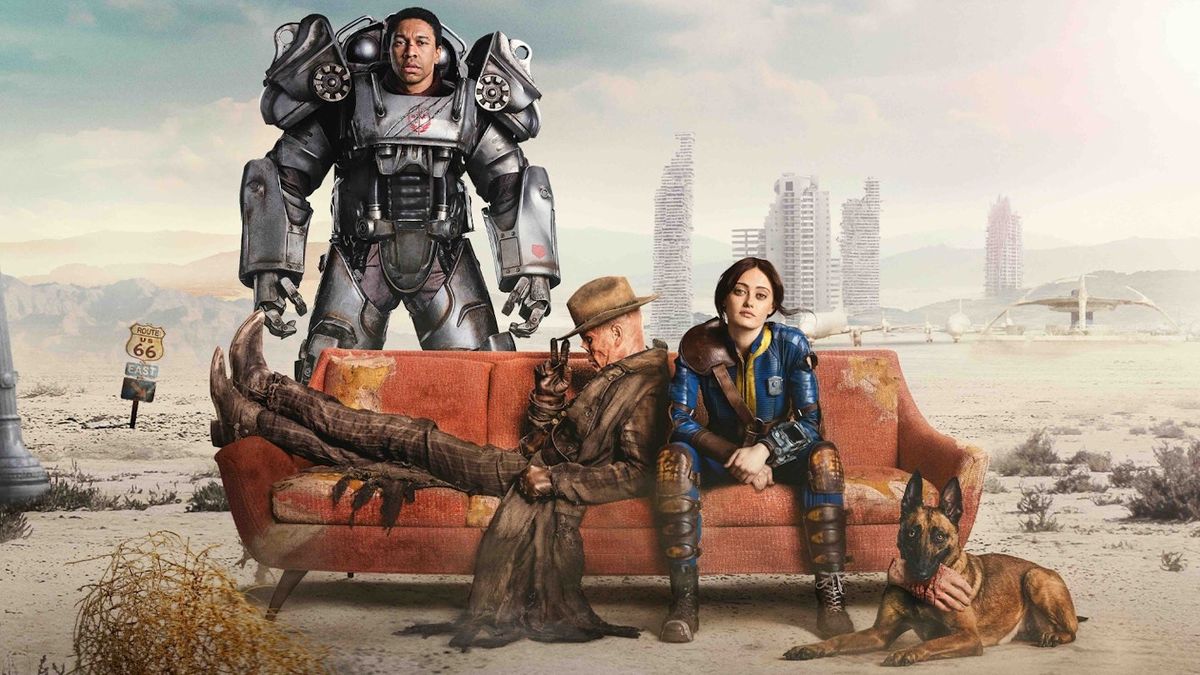
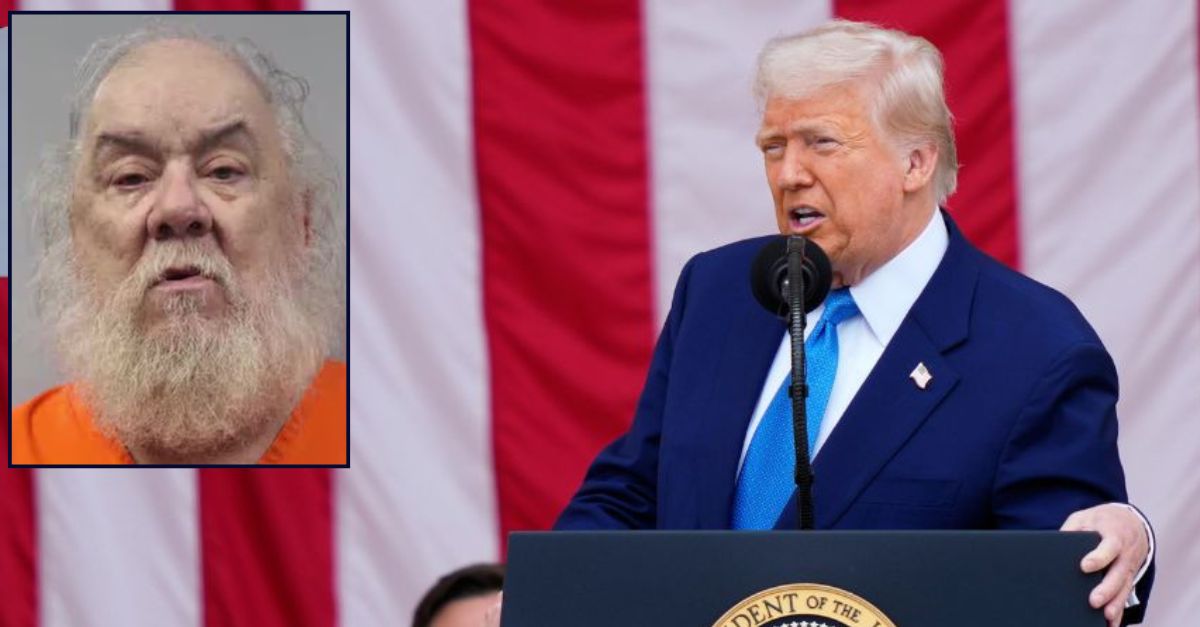
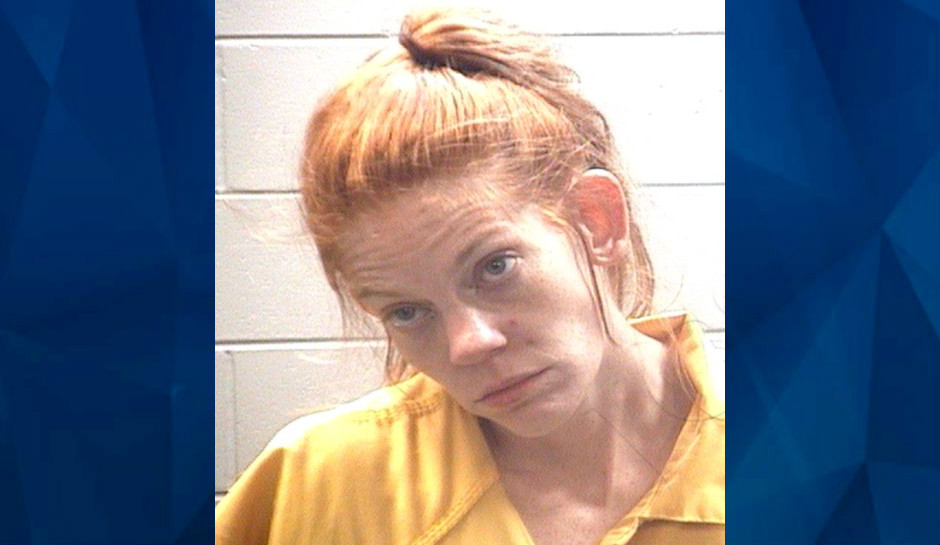


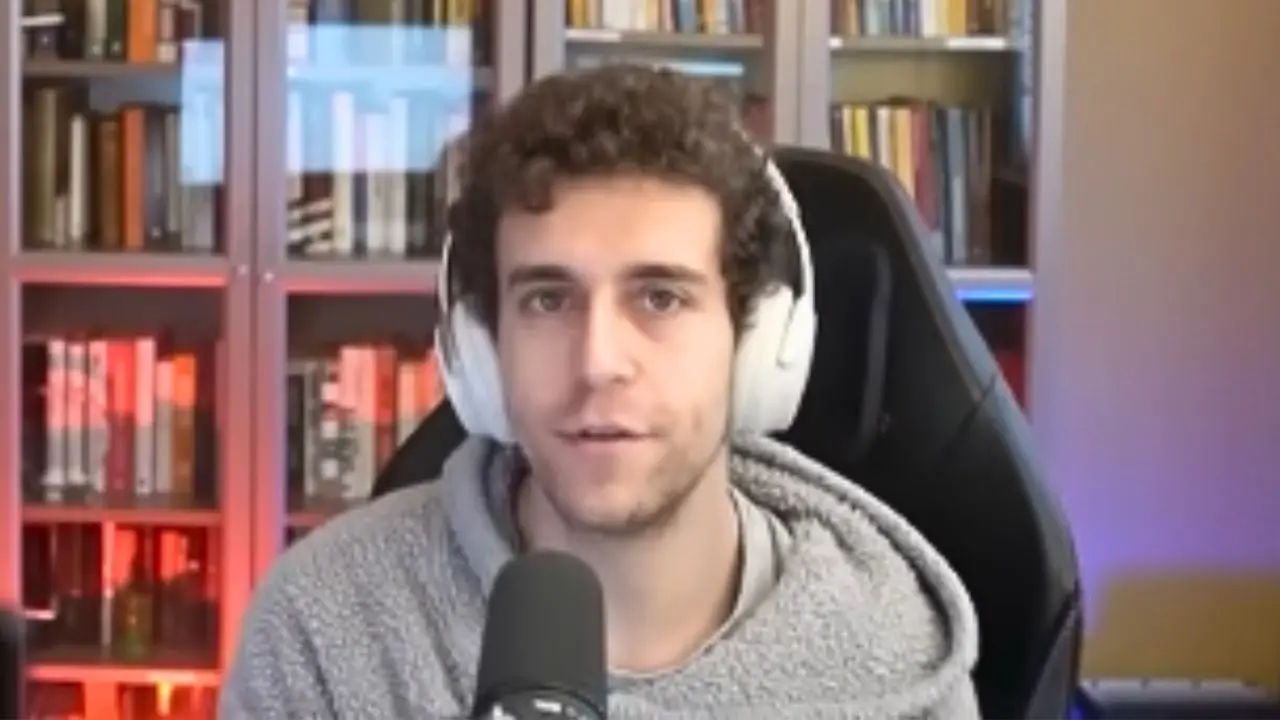
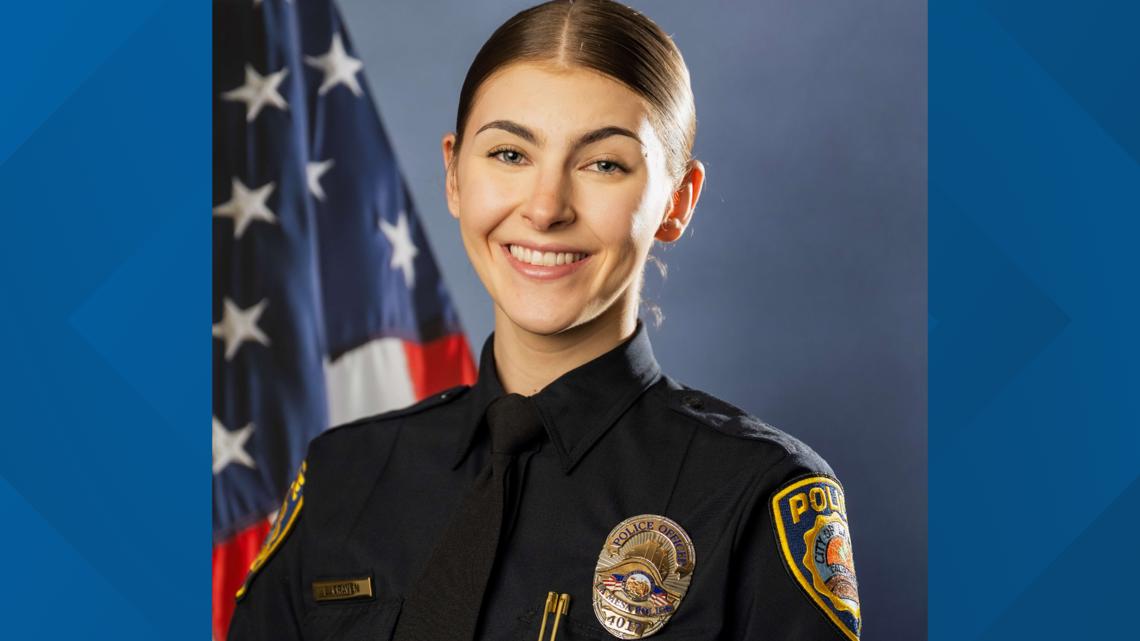

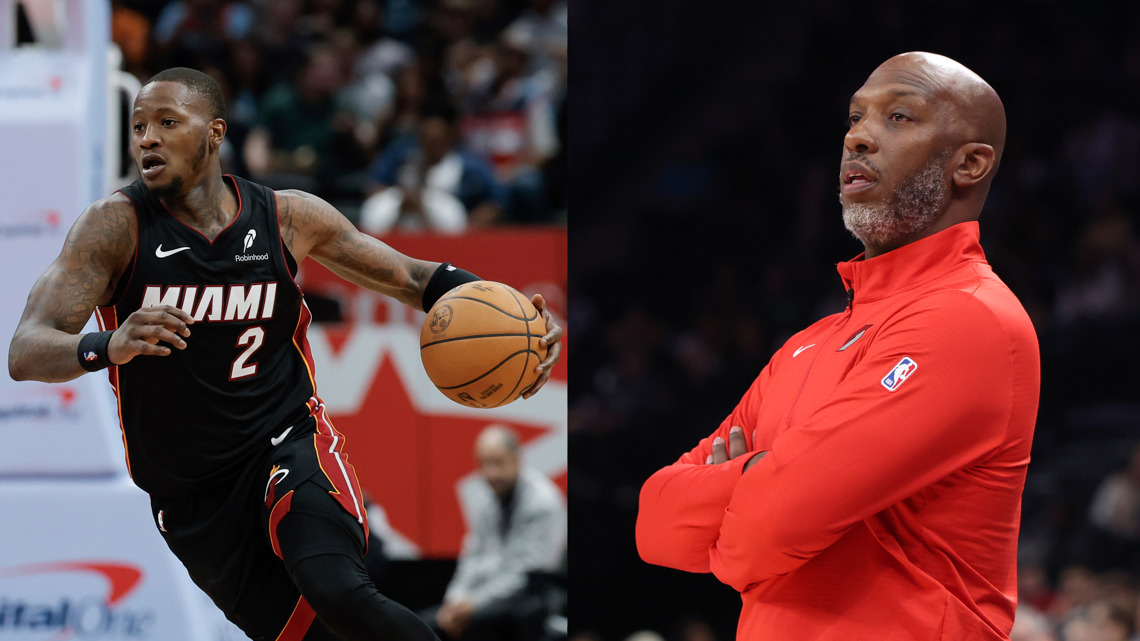

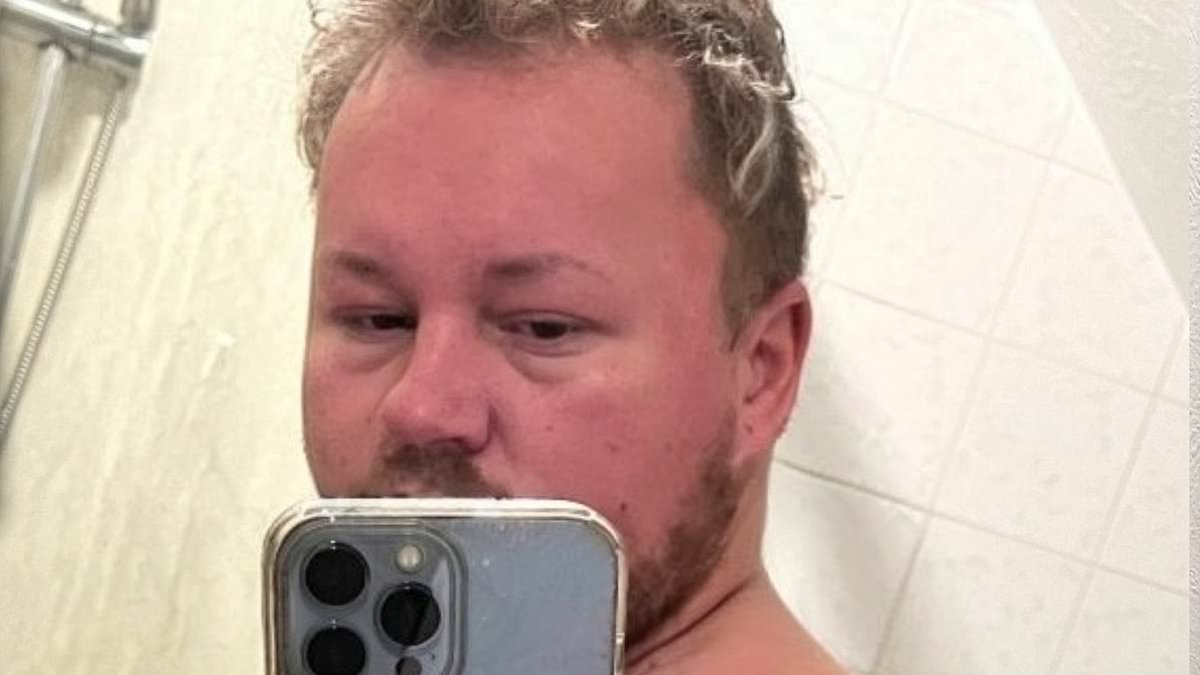


 English (US) ·
English (US) ·  French (CA) ·
French (CA) ·  French (FR) ·
French (FR) ·